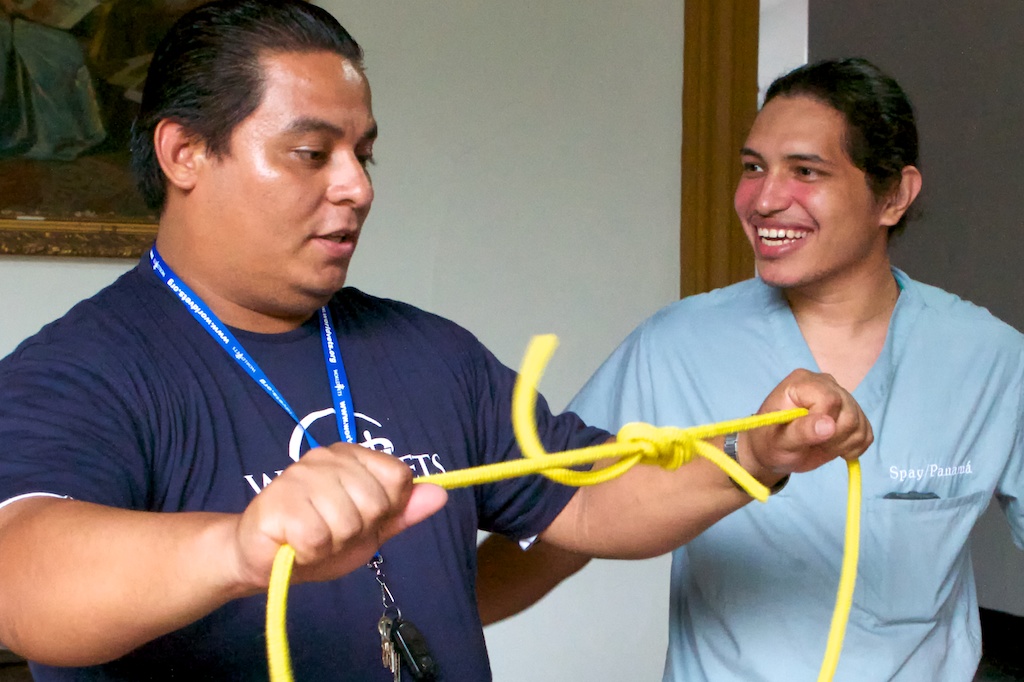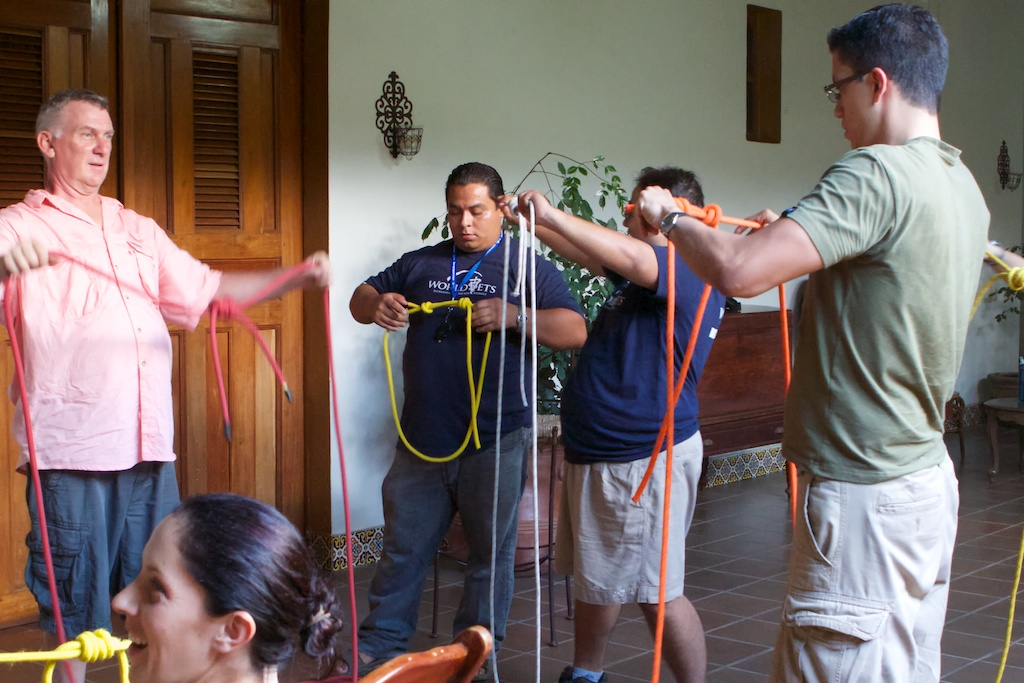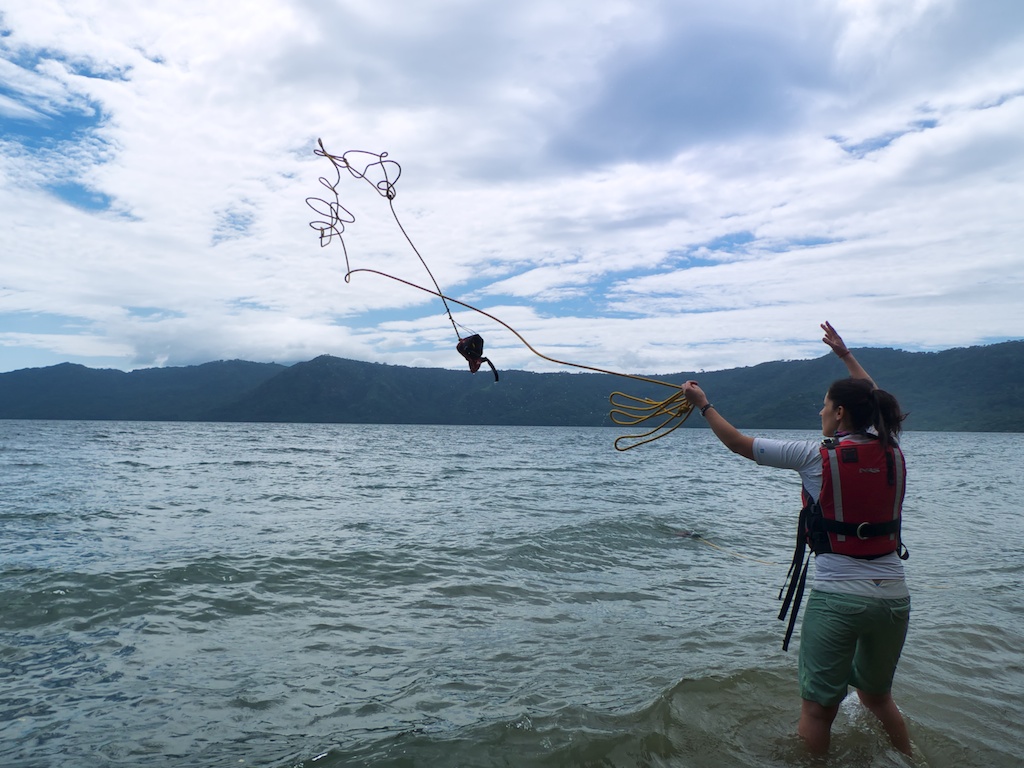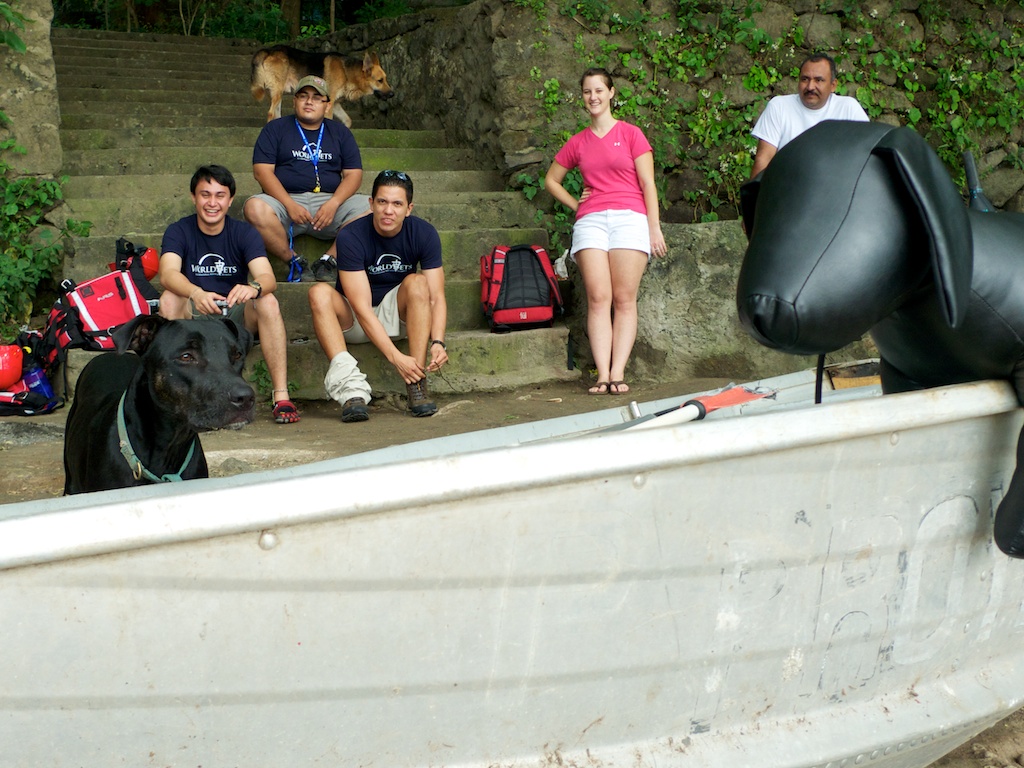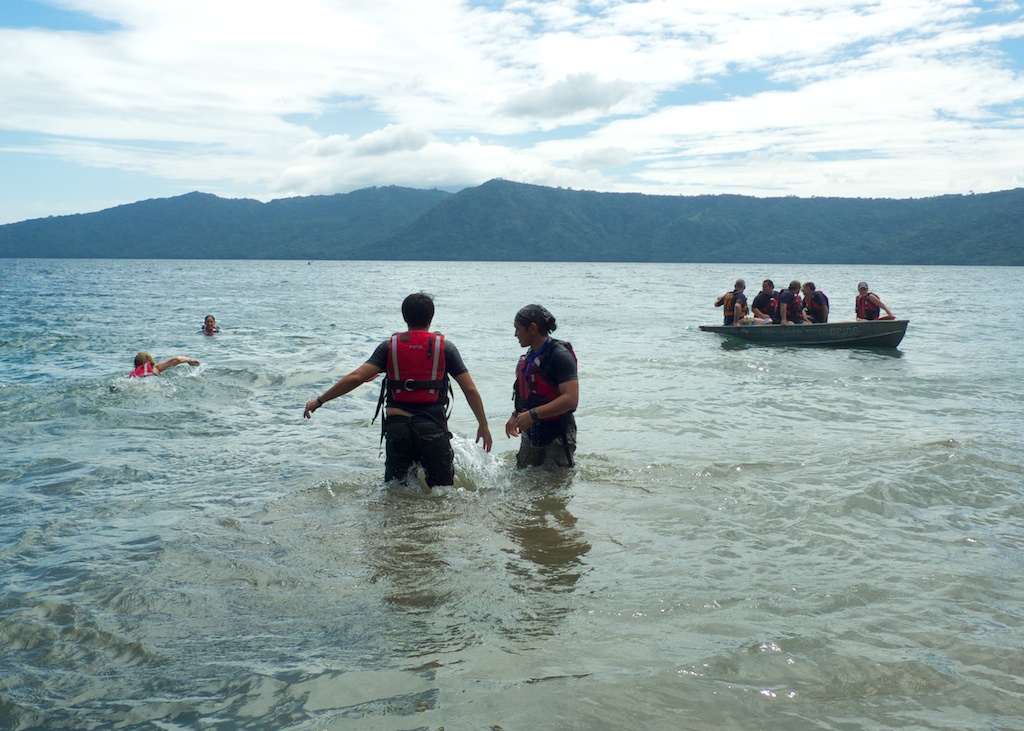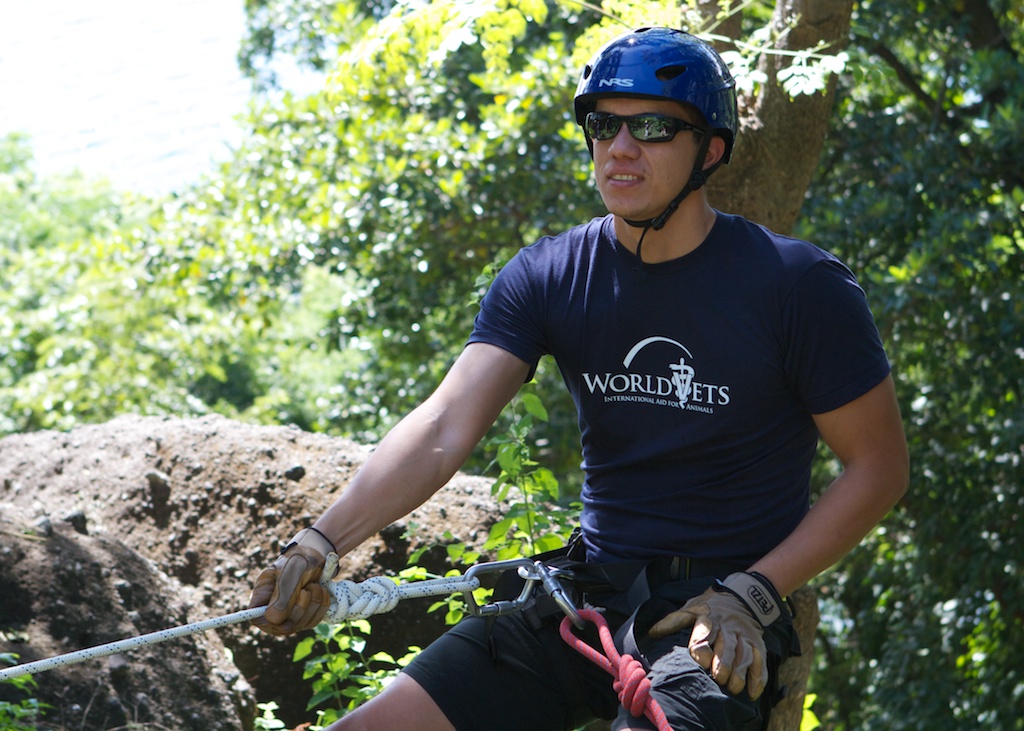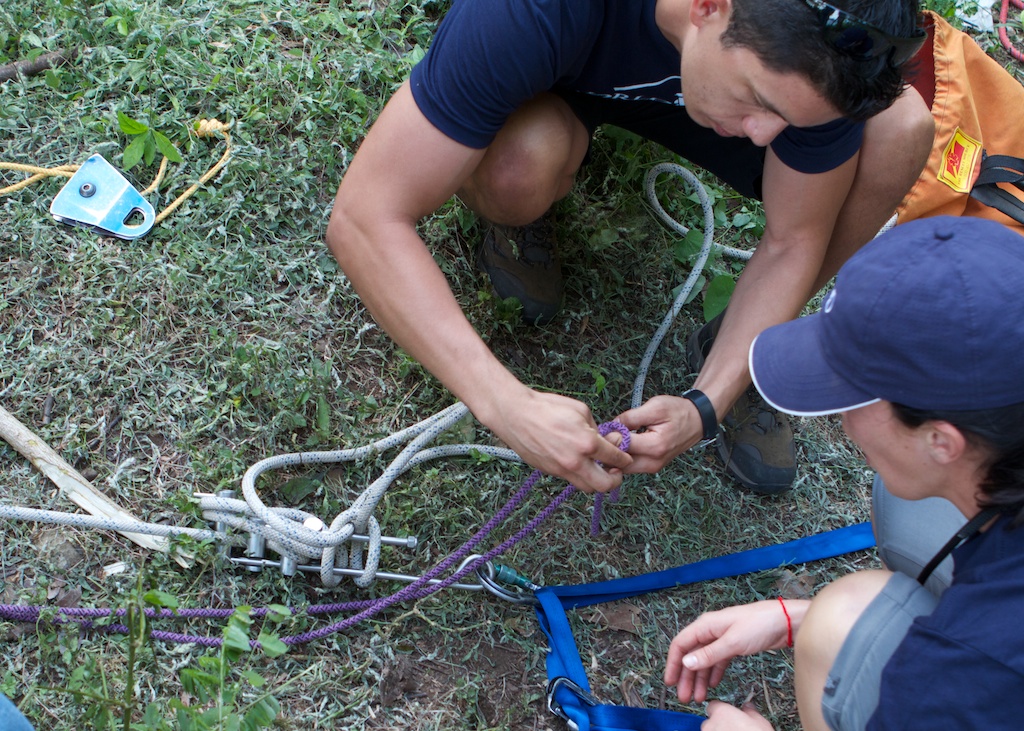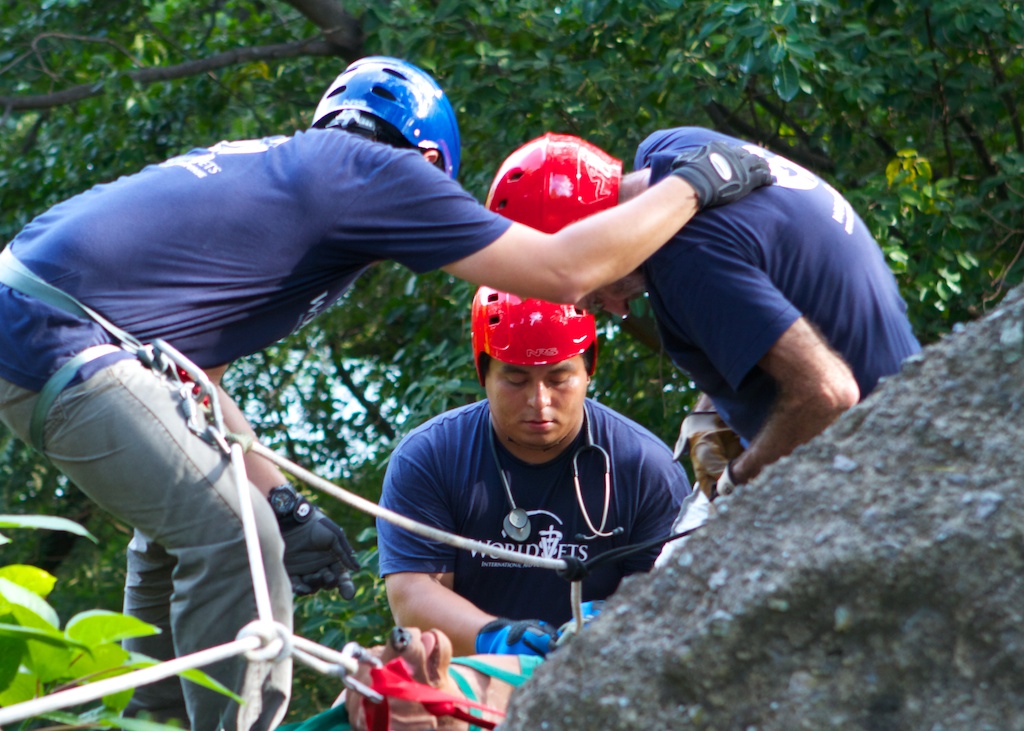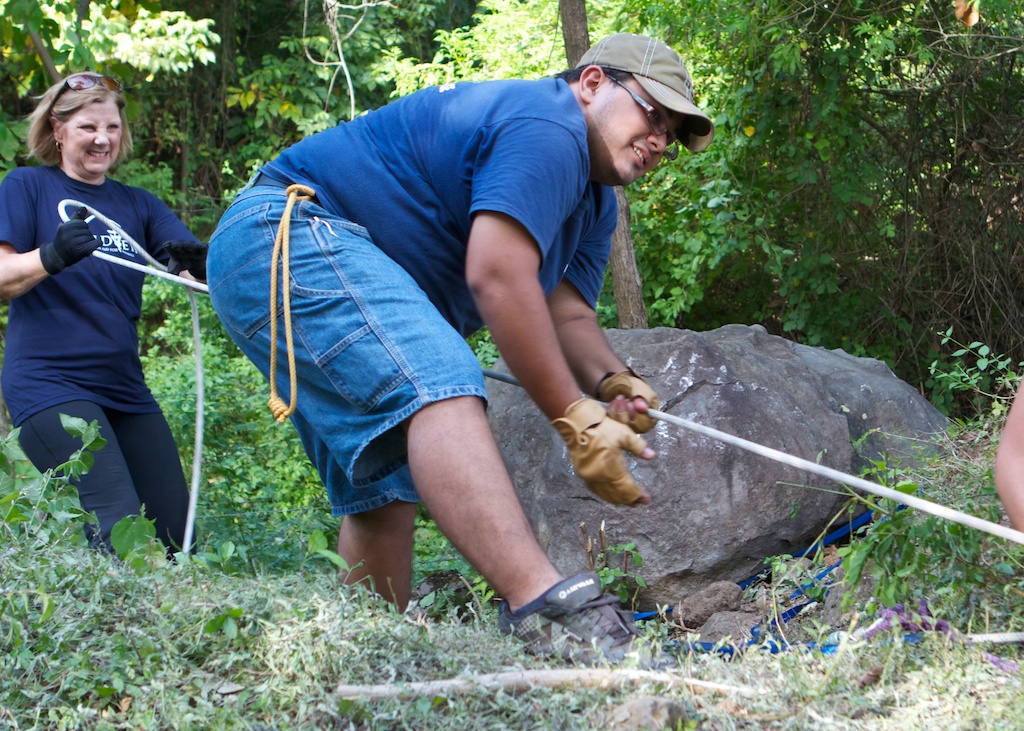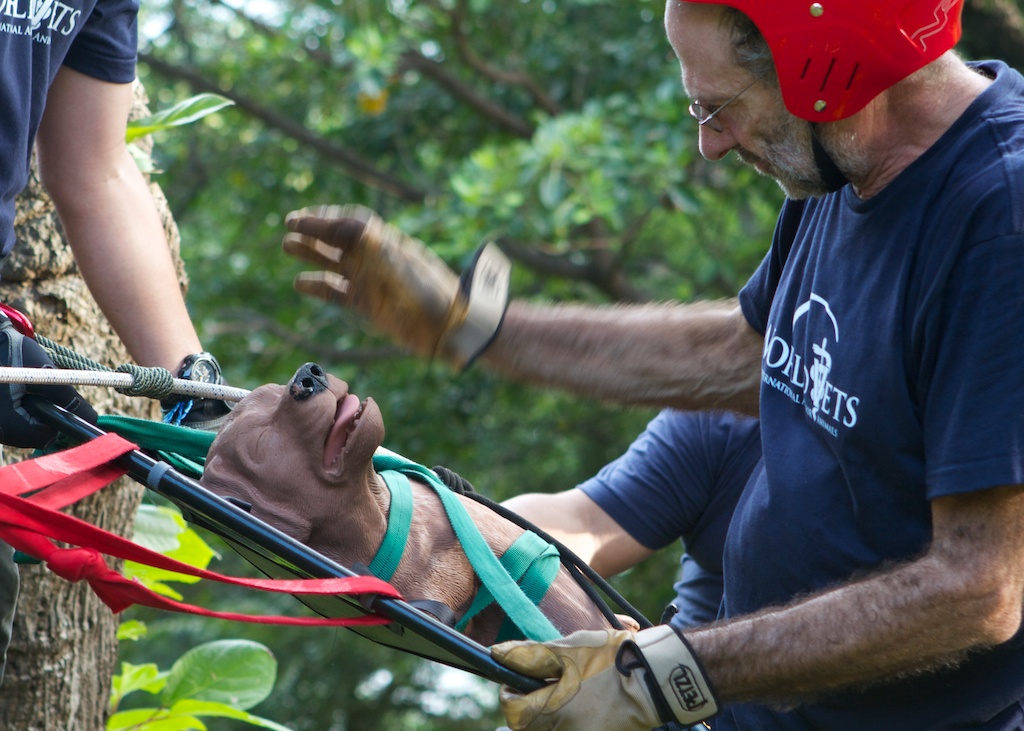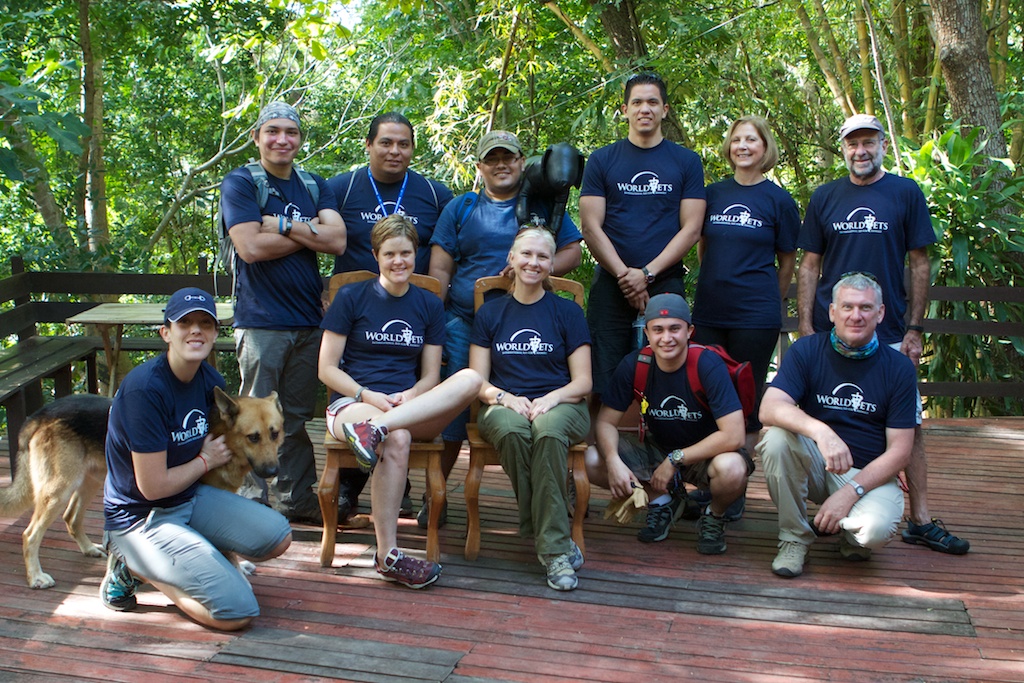Ever wonder what is involved in being a first responder during a disaster? We’ve all seen the images from hurricanes, floods, and earthquakes, of men and women rescuing stranded animals from dangerous situations, but few people know what actually is involved in the training process. This November, two teams of veterinary professionals from around the world took part in World Vets’ first Technical Animal Rescue course in Granda, Nicaragua, designed to create a mobile, international group of volunteers ready to help out when disaster strikes.
The course, led by Rescue 3 certified training professional Kim Little, is the same taught to search and rescue groups all over the world. During the training, which covers both land and water rescue, the emphasis is on safety first, so that deployed teams know how to take care of themselves and disaster victims in the often dangerous conditions they might find themselves in.
OUR THANKS TO THE FONDATION BRIGITTE BARDOT FOR THEIR SUPPORT IN THE DEVELOPMENT OF OUR DISASTER RESPONSE PROGRAM.
Day 1: Classroom and basic equipment training
People with previous experience climbing will find themselves ahead, as a good deal of the technical training in this course has to do with ropes, knots, carabiners, and harnesses.
The volunteers from Week One included vets and animal professionals from the United States, El Salvador, Nicaragua, Panama, and Honduras. They quickly bonded and learned to work together as a team, which is an essential component of the team’s success in a real disaster.
Day 2: Water Rescue
Under Kim’s watchful eye, the team first practiced throwing safety ropes from the shore of Laguna de Apoyo. There are multiple techniques you have to master in order to throw a rope with strength and accuracy.
Once the team mastered the basics, they readied a boat with Bobby, the stuffed dog who serves as a canine victim. Xena, a real dog who lives with her owners in Masaya, showed her concern.
The team practiced multiple water techniques- in this photo one person is swimming out to a victim, another has just returned, and the team in the boat is practicing how to pull a dog into a boat (which is trickier than it looks!)
Day 3: Rope Course and Final Exam
On the third day, the team was put to the test by putting their knots together into increasingly complex harnesses and pulleys. They began by rescuing one person down a ravine, then graduated to rescuing multiple people, then people plus dogs.
After a morning of work, the group was given their final exam:
At the bottom of a ravine, there is one person with minor injuries, and a dog with major injuries. You have one hour to mobilize and rescue them both. GO!
The team picked a leader, who was in charge of organizing the group into units with designated tasks.
Move quickly, yet efficiently. Up comes the human victim.
The team in the gully had to team up to figure out how to secure and then navigate an injured dog over a boulder and up the hill.
Up top, the logistics team put a little elbow grease into raising the rescue team.
And success!
After three days of training and work, the volunteers coalesced into a well-functioning unit that was able to achieve the goal within the time allotted. That night, we all proudly received our official Technical Animal Rescue certificates and badges. It is difficult to explain the sense of joy and accomplishment that comes with the completion of such a task, but suffice it to say the inaugural team left Granada with huge smiles, new friends, and a proud sense of accomplishment at obtaining such a valuable skill set.
World Vets will continue these courses with attendees from all over the world, so that no matter where disaster may strike, a trained and capable veterinarian will be close by to lend a hand. To register for the next sessions in July 2013, please visit Worldvets.org. For more about instructor Kim Little, please visit Rescue 3.




